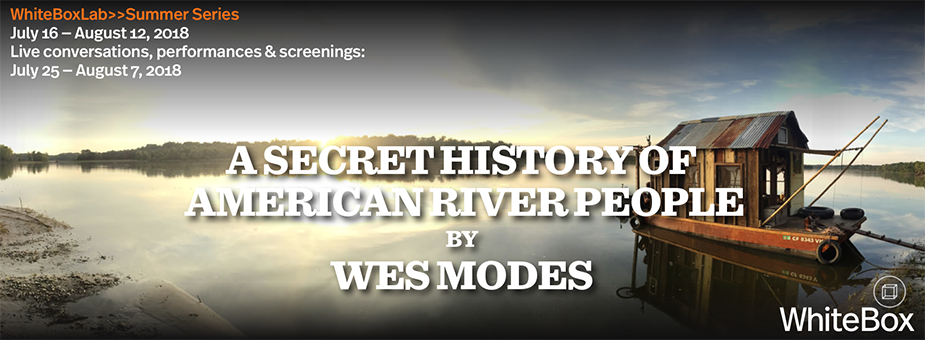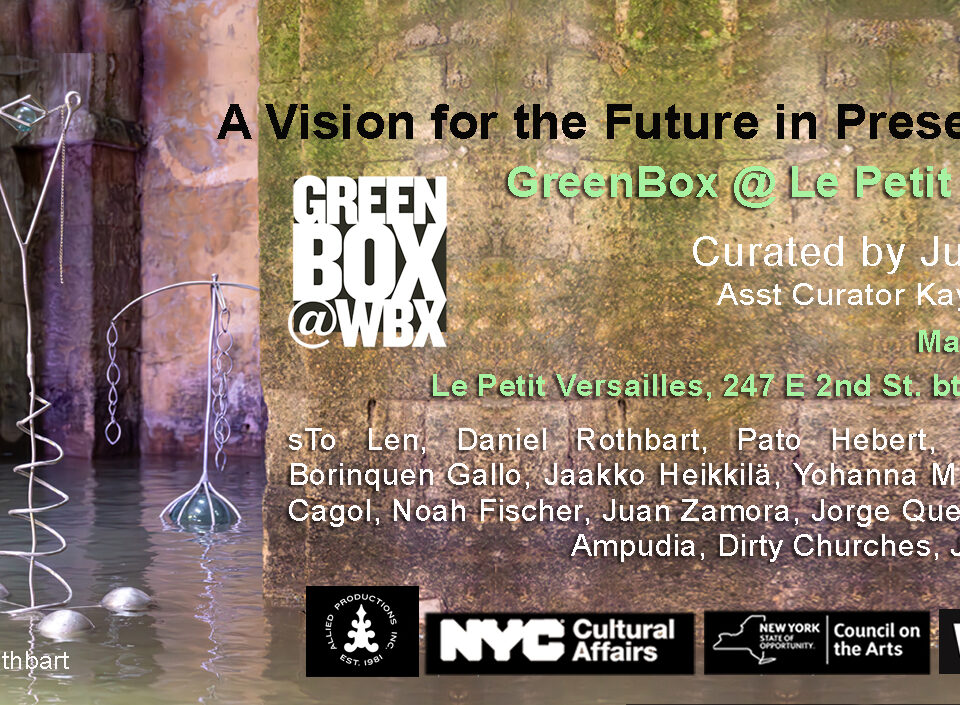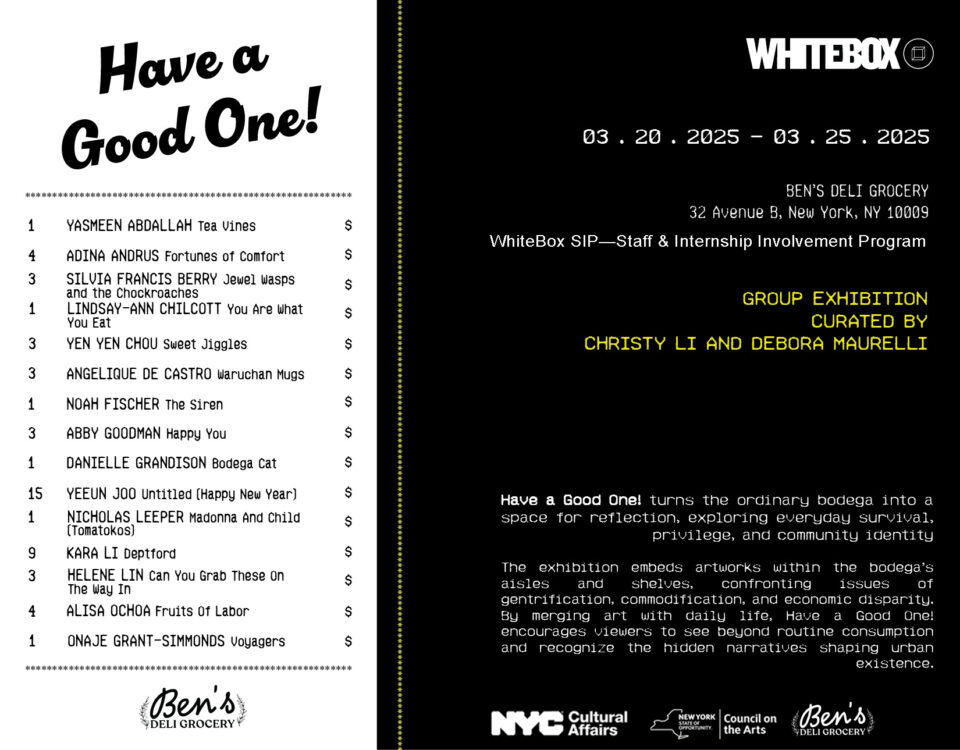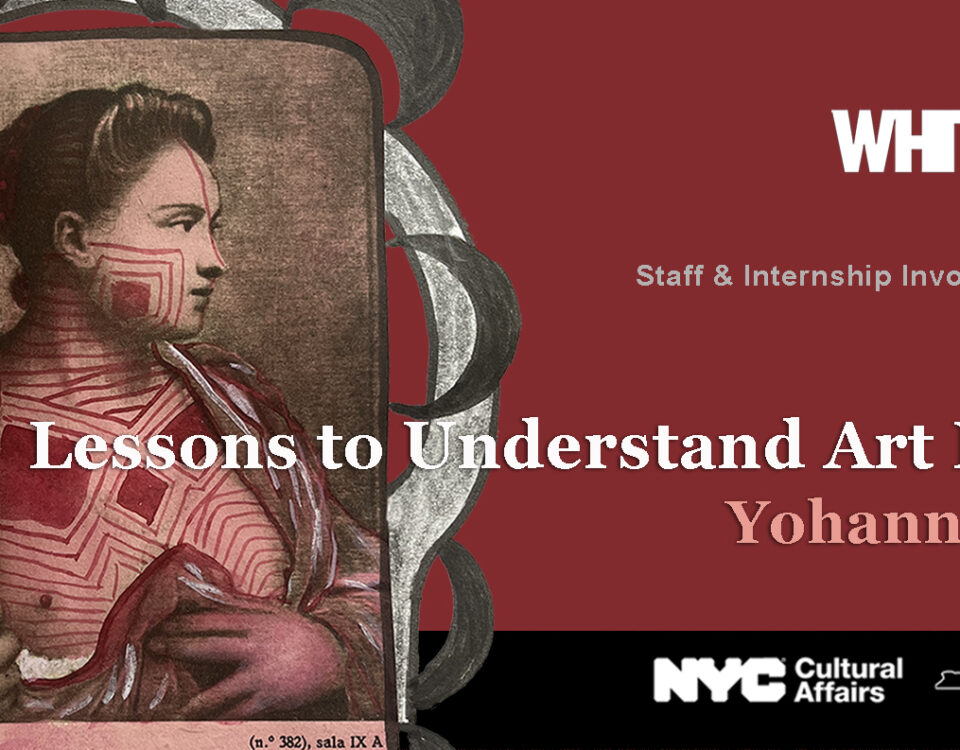
Tender Cities: Symbolism of a City
June 29, 2018A Colossal World, Celebrating Shigeko Kubota’s “DUCHAMPIANA”
July 31, 2018By Wes Modes
July 16 – August 11, 2018
A rustic recreated mid-century shanty boat, a daring river voyage on New York’s historic Hudson River, and a meticulous archive of river stories are all part of a compelling art and history project, “A Secret History of American River People.”
This summer, in conjunction with a major exhibition at WhiteBox Art Space in New York’s Lower East Side, the artist will be floating his homemade houseboat on the historic Hudson River. Starting on Lake Champlain at the end of June, the project will be on the river for a month, gathering stories and showing at a half dozen locations.
Modes seeks out people whose stories are not typically part of the historical record. “I talk to poor and working folk and people who grew up along the River and worked in vanished industry. I seek out the stories of the first people on the continent and people living in Black and Latinx communities. I try to find our elders who grew up here and remember a different time and a different river.”
The show will provide an interactive installation with built elements, artifacts, paintings, photographs, maps, prints, audio recordings, video, new media, panel discussions, and workshops, and will give the audience the opportunity to reexamine the lifestyles and labor conditions of the invisible protagonists of the river: women, native people, working people and people of color. The objects will be displayed for the audience to physically experience the materials, listen to recordings, and engage in an open dialogue with the artist during the panel discussions.
Visit the project’s extensive collection of stories and photos at here.
About WhiteBox
WhiteBox, on its 20th anniversary remains a non-profit art space aiming for total invention catalyzing the tenor of the times. It serves as a platform for contemporary artists to develop and showcase new site-specific work, and is a laboratory for unique commissions, exhibitions, special events, roundtables, and arts education programs, providing an opportunity to experience an artist’s practice in a meaningful way, socially inspired free from market constraints. WhiteBox artistic vision provides hard to pigeon-hole artists with sustained exposure, creating an ideal environment for more in-depth interaction between sophisticated as well as community-bound New York audiences and artists’ practices. It achieves this by inviting local and international emerging and established artists to respond to its exhibition space with leading-edge interventions, performances, and developing long-term inspired programming that allows them to develop projects and engage with audiences. The artists who exhibited at WhiteBox tend to defy easy categorization.




